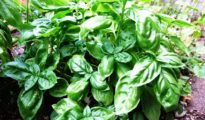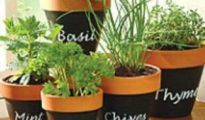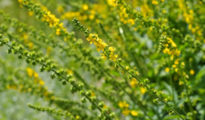Chives (Allium schoenoprasum) are a culinary herb in the onion family. They have a mild onion flavor and are often used as a garnish or ingredient in salads, soups, and other dishes. Chives are relatively easy to grow, and they can be propagated from seed or by taking cuttings from an existing plant. Keep reading to learn how to grow chives from cuttings with this easy to follow DIY gardening guide.
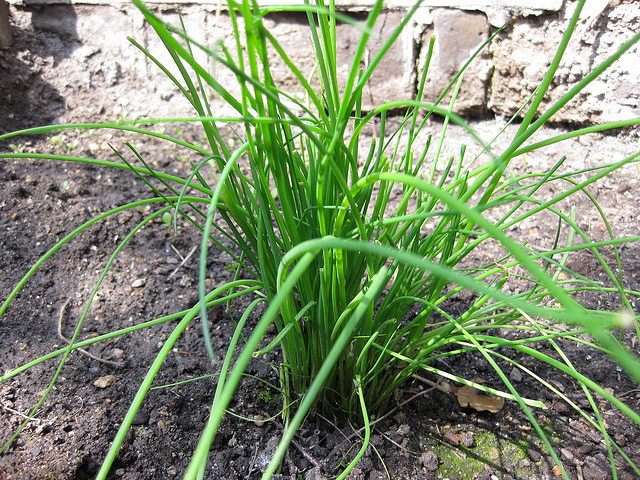
Step by Step Guide on How to Grow Chives From Cuttings
Here are some tips on how to grow chives from cuttings:
- Fill a small pot with moistened potting mix.
- Use a sharp knife or scissors to take 4-6 inch cuttings from the ends of healthy chive plants.
- Remove the bottom leaves from the cuttings and dip the ends into rooting hormone powder.
- Stick the cuttings into the potting mix, making sure that at least 2 inches of the cutting is buried.
- Water the pot well and place it in a bright, warm spot out of direct sunlight.
- Keep the potting mix moist but not soggy by watering as needed.
- After 6-8 weeks, the roots should be well-established and the new plants can be transplanted into individual pots or outdoors into the garden.
How to Care for a Chive Plant
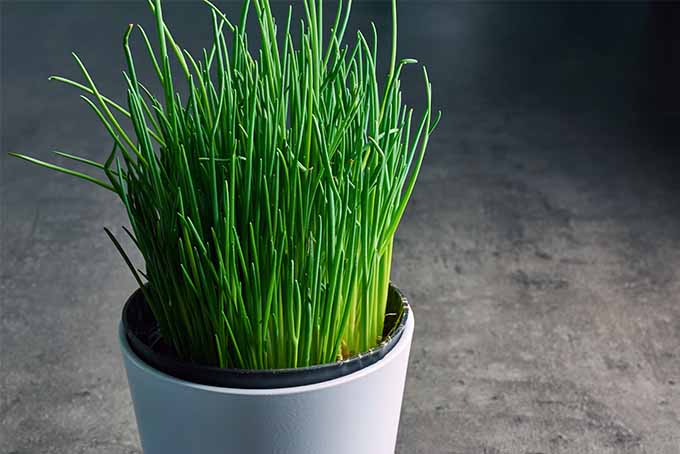
Light and Water Needs
Chives grow best in full sun to partial shade, meaning they need at least 6 hours of sunlight per day. When it comes to water, chives are relatively drought-tolerant and only need to be watered when the soil is dry to the touch. Be careful not to overwater your chives, as this can lead to root rot.
Fertilizing Needs
To keep your chives plant healthy and productive, fertilize it once a month with a water-soluble fertilizer. You can also add compost or manure to the soil around your chives plant every few months for an extra boost.
Pruning Needs
To encourage bushier growth and prevent your chives from getting leggy, trim back the stems by about one-third their height every few weeks throughout the growing season. You can also cut back the entire plant by half in late summer to encourage a second flush of growth. When cutting chives, be sure to leave at least 2 inches of stem above the soil so the plant can continue to photosynthesize effectively.
Common Pests and Diseases
Chives are relatively pest- and disease-resistant, but they can occasionally be troubled by aphids, snails, or slugs. To control pests organically, blast them off with a spray of water from the hose or try using diatomaceous earth around the base of the plant. If you notice any yellowing or browning of the leaves, this could be a sign of disease. Remove affected leaves immediately and destroy them so the disease doesn't spread.
The History of the Chive Plant
This herb is native to Europe, Asia, and North America. Chives have been used for centuries in both cooking and medicine. Read on to learn more about the interesting history of chives.
Ancient Use of Chives
One of the earliest recorded uses of chives dates back to 3,000 BC when they were mentioned in the Sumerian poem “The Hymn to Ninkasi.” This poem was inscribed on clay tablets and is believed to be a prayer to the goddess Ninkasi, who was responsible for creating beer. Later, the Chinese included chives in their imperial gardens.
During the Middle Ages, chives were grown in monasteries throughout Europe. At that time, most herbs were used for medicinal purposes rather than culinary ones. In fact, it wasn't until the 18th century that fresh herbs became widely used in cooking. Prior to that time, people relied mostly on dried herbs because fresh herbs were difficult to come by.
Chives in Modern Times
Today, chives are still used both medicinally and culinarily. They are a popular ingredient in many dishes such as soups, salads, sauces, and potato dishes. Chives can also be used as a garnish or added to other foods for flavor and aroma. Additionally, chives have many health benefits and are sometimes used as a natural remedy for various ailments.
Propagating chives from cuttings is a quick and easy way to increase your supply of this versatile herb! With just a few simple supplies and some basic instructions, you can have healthy new chive plants in no time. Now that you know how to grow chives from cuttings, it's time to roll up your sleeves and get to planting!


